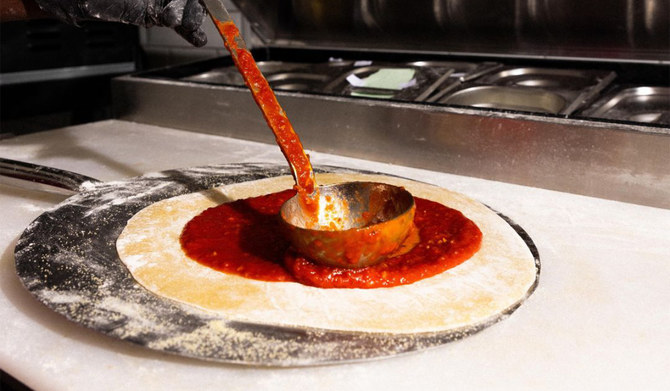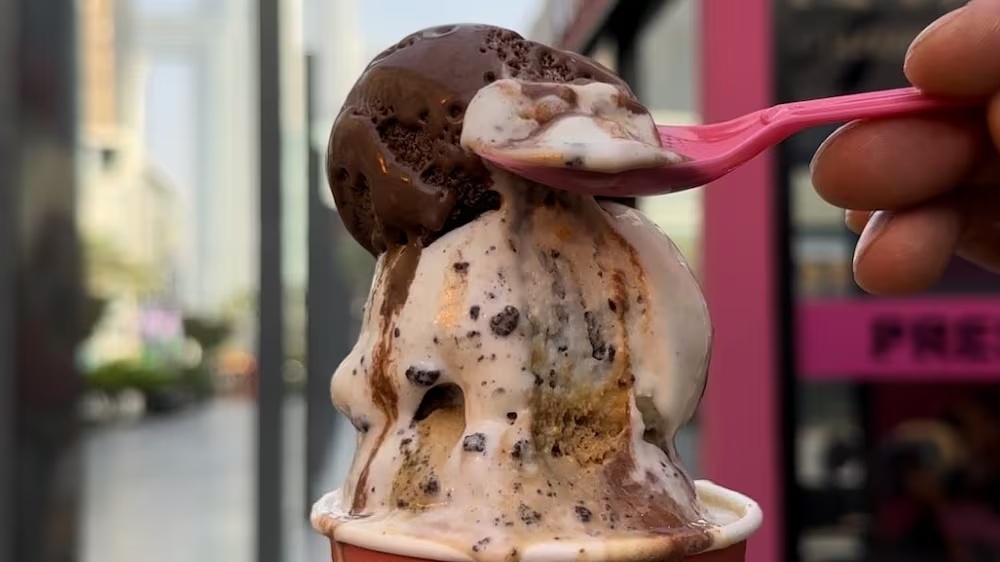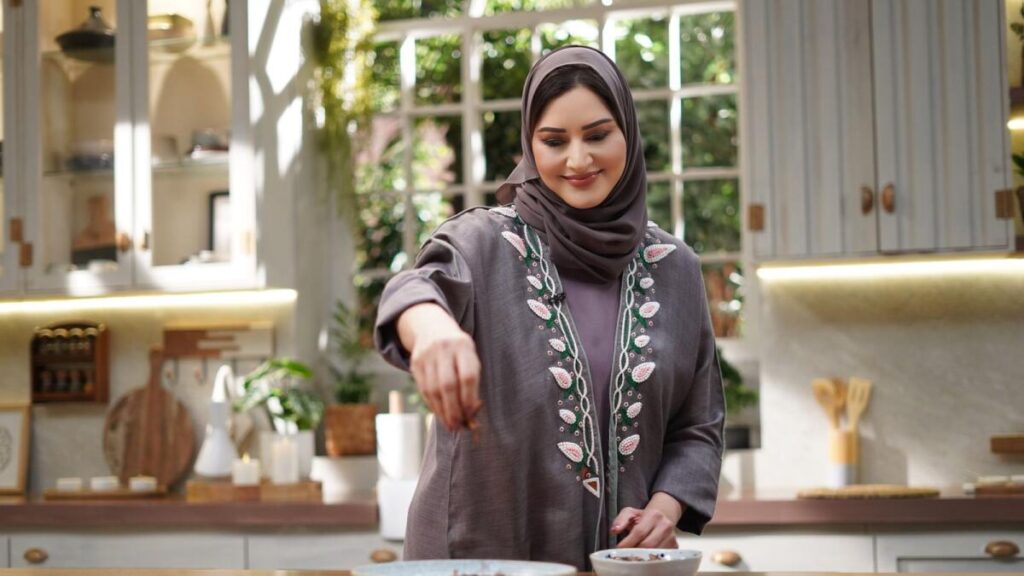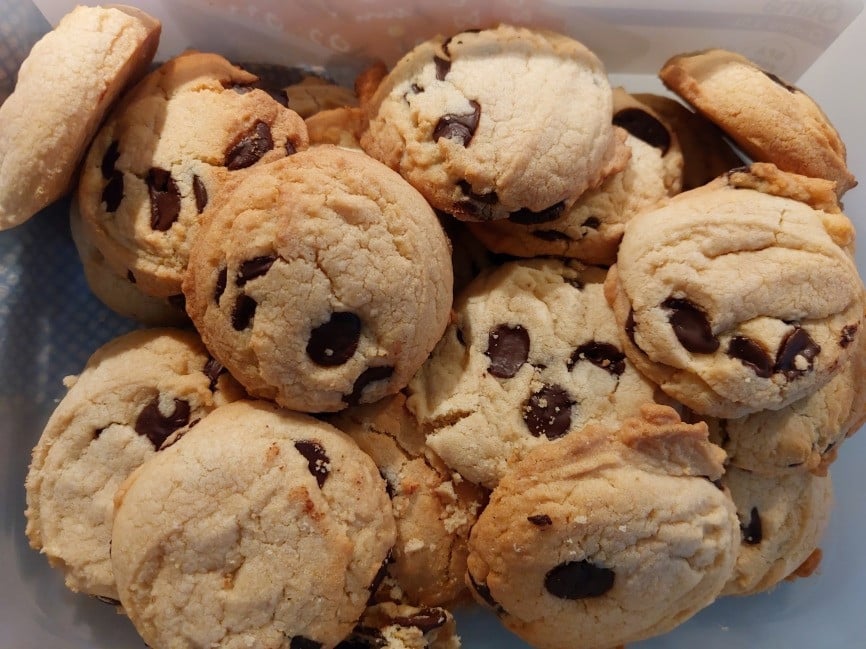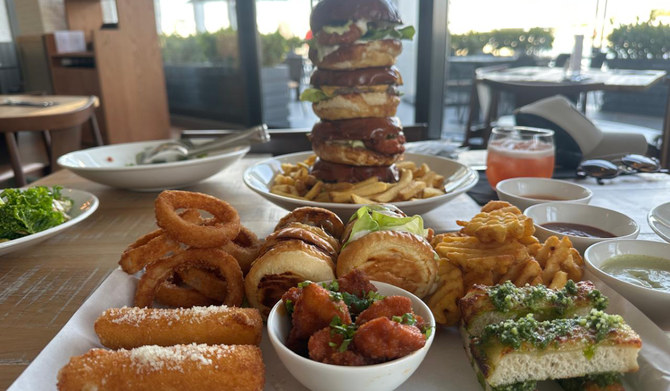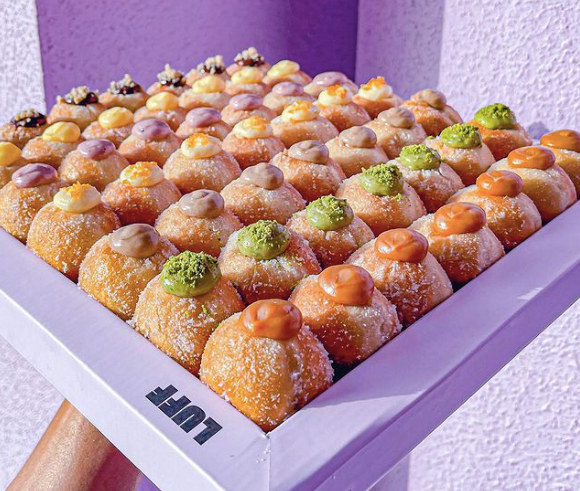Monitoring Desk
Microwaves are a fast, easy, and convenient way to heat up leftovers or prepare a full meal in minutes. But using the appliance properly can be surprisingly tricky.
Insider asked professional chefs to share the most common mistakes people make when microwaving food and what to do instead.
Here are some of the ways you may be ruining your food in the microwave:
Heating everything on your plate at the same time can lead to overcooked and undercooked food
Chef and TV personality Amy Riolo told Insider that microwaving multiple types of food at once is almost always a bad idea.
“Preparing a plate of different foods and microwaving the entire thing will probably result in some items being overcooked and others being undercooked,” she said.
Instead, Riolo recommended always cooking or reheating each type of food separately and then assembling them on a single plate.
Stirring or turning your food while it cooks can keep it evenly heated
As anyone who has ever tried to heat a frozen burrito knows, microwaves can sometimes warm food unevenly.
Riolo said that the top cause of cold spots or uneven cooking is not taking the time to stir or turn food during the microwaving process.
“Instead of cooking or reheating things in one go, try pausing the microwave halfway through the cooking time and stirring or turning the food before continuing,” she told Insider.
Microwaving water in smooth glass containers can lead to superheating
Jim Mumford, professional chef and former nuclear engineer, told Insider that microwaving water in a smooth glass can lead to burns.
He explained that the boiling point of water is 212 degrees Fahrenheit. However, water needs to come into contact with an uneven surface (known as a nucleation point) in order to form bubbles and actually boil.
“Smooth glass may not have anywhere for these bubbles to form, leading the water to become superheated,” Mumford said. “It won’t boil until you agitate it by removing it from the microwave, causing a violent reaction.”
The chef said you can avoid potential burns by sticking a wooden chopstick or spoon into microwaved water to safely trigger the boiling reaction before removing it from the appliance.
It can be harmful to use the wrong kind of material to cover your food
Jessica Randhawa, head chef and recipe creator at The Forked Spoon, told Insider that it can be harmful to use the wrong kind of material in the microwave.
“Food microwaved with the wrong type of cover can leach chemicals into your food or trap the steam, which might not be good for some foods,” she said.
The USDA warns against using commercial cold-storage containers or their lids to cover or hold microwaved food. These include margarine tubs, cottage-cheese cartons, or yogurt containers.
“The best microwave covers are made of vented silicone and are dishwasher safe for easy cleaning,” Randhawa added.
Microwaved food should always be double-checked with a food thermometer
“Not using a digital thermometer is the most common mistake people make when microwaving food,” Randhawa told Insider.
The USDA recommends checking the internal temperature of food cooked in a microwave to make sure it’s at least 165 degrees Fahrenheit.
“I always have a digital thermometer handy for all my microwaving cooking,” the chef added.
It’s not a good idea to microwave food or beverages in Styrofoam containers
Styrofoam is lightweight and good at insulating foods, but this material should never be used to cover or hold food in the microwave.
“Most Styrofoams are not made to be microwaved,” Mumford told Insider. “They will chemically decompose, allowing plastic molecules to leach into foods.”
The USDA also cautions against using any foam-insulated cups, bowls, plates, or trays in the microwave.
Running the microwave without placing anything inside can potentially lead to a fire
Unlike ovens, microwaves don’t need to be preheated before warming or cooking food.
In fact, Mumford explained that running a microwave with nothing inside it can be disastrous.
“If a microwave is empty, the energy waves will bounce around inside with nowhere to go,” he told Insider. “If left on long enough, these waves may damage the microwave and potentially lead to a fire.”
Microwaving hot peppers can produce a harmful steam
Former professional chef Heloise Bouse told Insider that microwaving hot peppers can lead to unpleasant fumes.
“Microwaved hot peppers can produce a spicy smoke that can fill your kitchen and cause your eyes to burn,” she said.
Zapping peppers in the microwave causes them to release capsaicin, a compound that can cause irritation when it comes into contact with the moist tissues of the eyes, nose, and throat.
Bouse recommended reheating and cooking hot peppers in the oven rather than the microwave.
Walking away from the microwave while it’s running can lead to messes or burning
Microwaves are a low-effort way to get a meal on the table, but that doesn’t mean you should wander away while your food is cooking.
“It’s always best to stay near the microwave to make sure that the food is cooking evenly and not splattering, boiling over, or popping,” Randhawa said.
Items prone to burning or bubbling — like liquids in mugs, butter, sauces, and popcorn — should be supervised very closely while in the microwave.
Thawing frozen fruit in the microwave is usually a messy method
Frozen fruit can be cheaper and easier to store than fresh fruit, but thawing it in the microwave isn’t a good idea.
“Microwaving frozen fruit just doesn’t work,” Bouse told Insider. “It’ll likely lead to a huge mess inside your microwave.”
If you don’t have time to wait for your fruit to thaw at room temperature, try measuring the portion you need into a plastic bag and submerging the bag in hot water.
It’s difficult to make hard-boiled eggs in the microwave without some adjustments
Hard-boiled eggs can be tricky to cook in a microwave without making a mess.
“Microwaves cook things from the inside out, which means that sticking a whole egg in there will lead to it exploding,” Bouse told Insider. “And even if it doesn’t, the egg is going to taste gross.”
If you don’t have time to boil your egg the old-fashioned way, you can try pricking a small hole in the shell and submerging it in a bowl of hot water. Then, microwave the bowl and the water on 50% power for three to four minutes.
Adding oil to your food before microwaving can negatively alter the flavor
It’s easy to accidentally change the taste of a dish in the microwave if you don’t pay attention to the oil content.
“When oils heat to the point that they start smoking, their flavor starts to change,” Bouse said. “It’s easy to overheat oily food in the microwave and ruin the dish.”
If possible, try to wait until after heating your food to add oil or oil-based sauces, and always stop microwaving if you see smoke.
Courtesy: Reuters



